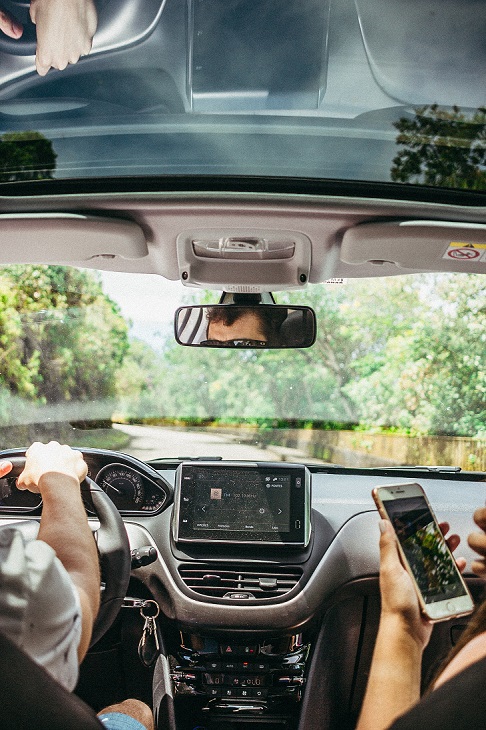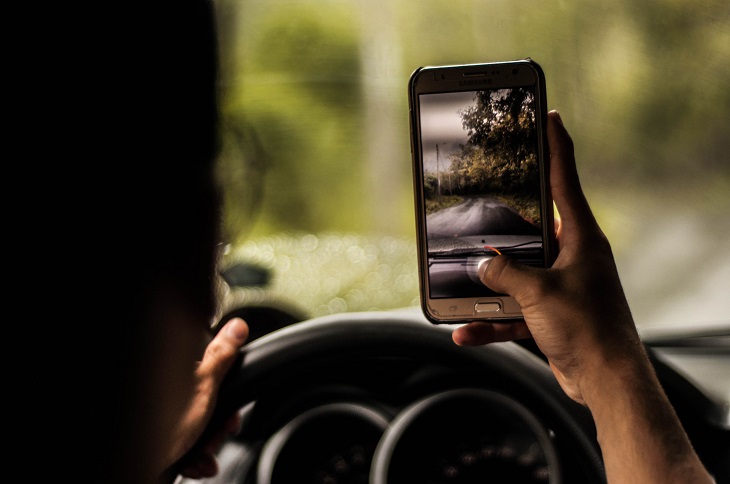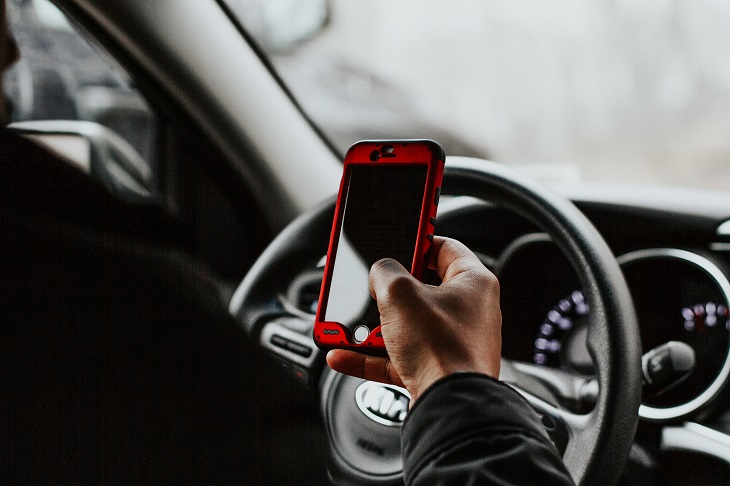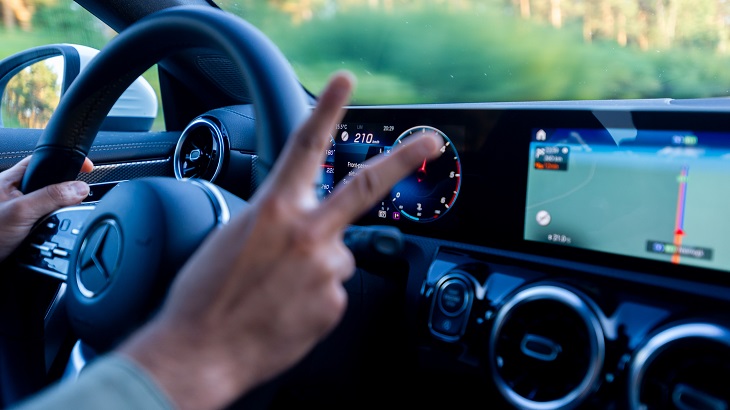The coronavirus pandemic has made it necessary for some disabled people to wear a mask while driving. Wearing a mask is optional, and generally safe if you follow correct safety guidelines. Today, we will outline our top safety tips for people who need to drive with a mask.
Is It Safe To Drive With A Mask On?
Driving with a mask on is necessary for some people – sometimes for health reasons and sometimes for professional reasons. Driving with a mask is safe if you’re sensible and follow reasonable safety guidelines.
Is It Necessary To Wear A Mask While Driving?
It is not always necessary to wear a mask while driving. However, some people need to or choose to. People who drive for work are often required to wear a mask. Some people choose to wear a mask if they are driving very elderly or vulnerable passengers in their vehicle.

Is It Legal To Wear A Mask While Driving?
Yes, it is legal to wear a mask while driving, provided it does not hamper the person’s view and ability to drive safely.
What Circumstances Might Mean A Disabled Driver Would Need To Wear A Mask?
The most common circumstances that make it necessary for a disabled driver to wear a mask are:
- They are required to wear a mask for their occupation, e.g. taxi drivers and delivery drivers
- They want to stay COVID-safe
- They have elderly or vulnerable passengers who they want to protect
What Are The Potential Dangers Of Wearing A Mask While Driving?
Some of the potential dangers of wearing a mask while driving include:
- Getting distracted
- Impaired vision
- Passing out
- Overheating
- Not being able to communicate clearly with law enforcement
Should You Wear A Mask In A Car With Others?
There are no hard and fast rules about whether you should wear a mask in a car with others. Cars are small and confined spaces, so some people choose to wear a mask in a car to prevent the passing of germs between people.
Driving Safely While Wearing A Mask
Here are eight safety tips if you need to drive with a mask.
1. Make Sure The Mask Is Not A Distraction
Distracted driving is dangerous. Make sure the mask you are wearing is comfortable and is not a distraction while you are driving.
2. Choose A Well-Fitting Mask
Masks come in different shapes and sizes. Stay safe while driving by choosing a good-quality mask that fits you well and won’t slip off or become uncomfortable.
3. Be Sure The Mask Does Not Impair Your Vision
No matter how well-fitting, masks can move about on the face. Make sure your mask does not impair your vision in any way, i.e. by riding up above your line of sight.
4. Don’t Allow Glasses To Fog Up
People who wear glasses may get fogged up while wearing a mask, but this can be dangerous when you’re driving. Make sure your glasses are fitted securely over your mask to avoid fogging up.
5. Pull Over If You Are Feeling Faint
Some people report feeling faint when they wear a mask for too long. If you feel faint or groggy while driving, always pull over to rest or get some fresh air.

6. Don’t Allow Yourself To Overheat
Masks can be warm and stifling. If you are too warm, you could get tired or even pass out. If you feel yourself overheating, pull over somewhere safe to get some air and cool down.
7. Remove Mask If Talking To Police
Masks can make communication difficult. If you are pulled over by law enforcement, remove your mask if needed to make communication easier.
8. Practice Safe Defensive Driving
Whenever you’re driving, with a mask on or without, you must practice safe, defensive driving. Defensive driving can be the difference between life and death. It involves:
- Always having safety as your top priority
- Being aware of your surroundings and vigilant
- Not relying on other road users to drive safely
- Maintaining a safe distance from the vehicle in front
- Driving at a safe and sensible speed
- Avoiding any type of distractions.
How Can You Apply For A Disabled Parking Permit?
You can apply for a disabled parking permit by visiting the Dr. Handicap online clinic and arranging a video consultation with a licensed physician. Once the physician has verified your disability, they will complete the relevant sections of a disabled permit application form, which you can then submit to your local disabled parking authorities.
Featured image by Norma Mortenson on Pexels







